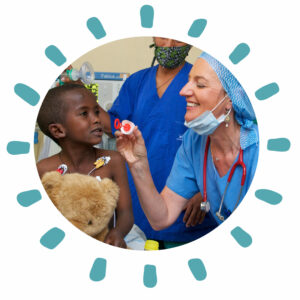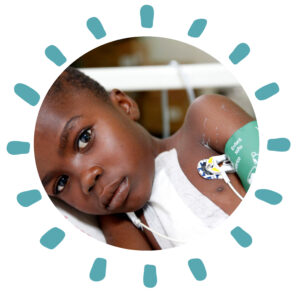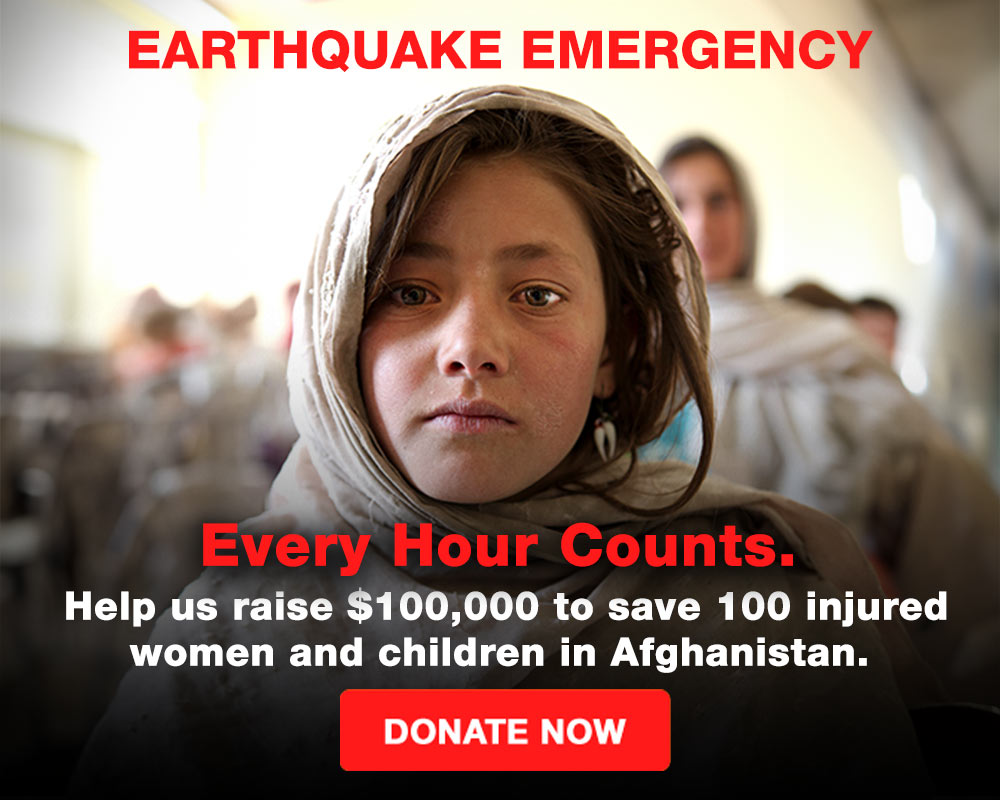
Democratic Republic of Congo: Surgical Care
Population: 81.34 million
The Democratic Republic of Congo is one of the biggest countries in Africa as well as one of the poorest countries in the world, despite its immense natural resources. While there has been progress in the eradication of polio, reduction in HIV/AIDS and coordination of humanitarian aid, significant challenges remain. Building a health system that can meet the needs of the population after years of crisis is quite difficult. The epidemiological profile is dominated by communicable and noncommunicable diseases, maternal and infant mortality rates remain among the highest in Africa and due to a fragmented health system, impoverished populations have limited access to health services. It is imperative to establish a system for health-care funding that allows equal access and we must improve the management capacity of the entire health system.
- There are an estimated 0.091 physicians per 1,000 population (2009) and 0.961 nurses and midwives per 1,000 population (2009).
- Infant mortality rate (per 1,000 live birth): 68.2
- Under-5 mortality rate (per 1,000 live births): 88
*Estimates Developed by the UN Inter-agency Group for Child Mortality Estimation (UNICEF, WHO, World Bank, UN DESA Population Division)
Our Impact

Goma, like the entire North Kivu province, suffers from over fifteen years of armed conflict. As such medical facilities are underdeveloped or virtually nonexistent and there are only 6 certified surgeons for over 6 million inhabitants in the region. In 2017, USFC organized a medical mission to the Maternal Charity Hospital, which was lacking a surgeon and an anesthetist. During this two-week mission:
- USFC performed 20 successful surgeries for patients in Goma.
- Trained 6 doctors received in basic, life-saving skills.

Our Activities

Building from the previous year, a second mission was organized in early 2018 to provide training for doctors so that they can properly manage appendicitis and acute peritonitis, laparotomy, thoracic drainage, bowel obstructions, liver injuries, difficult intubation and postoperative pain.
